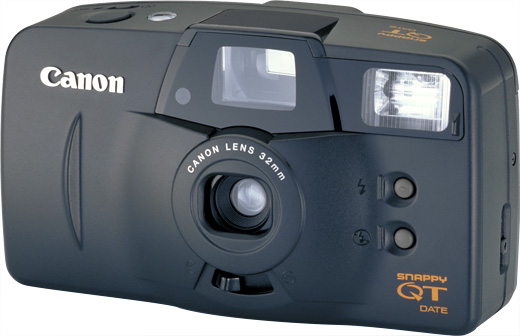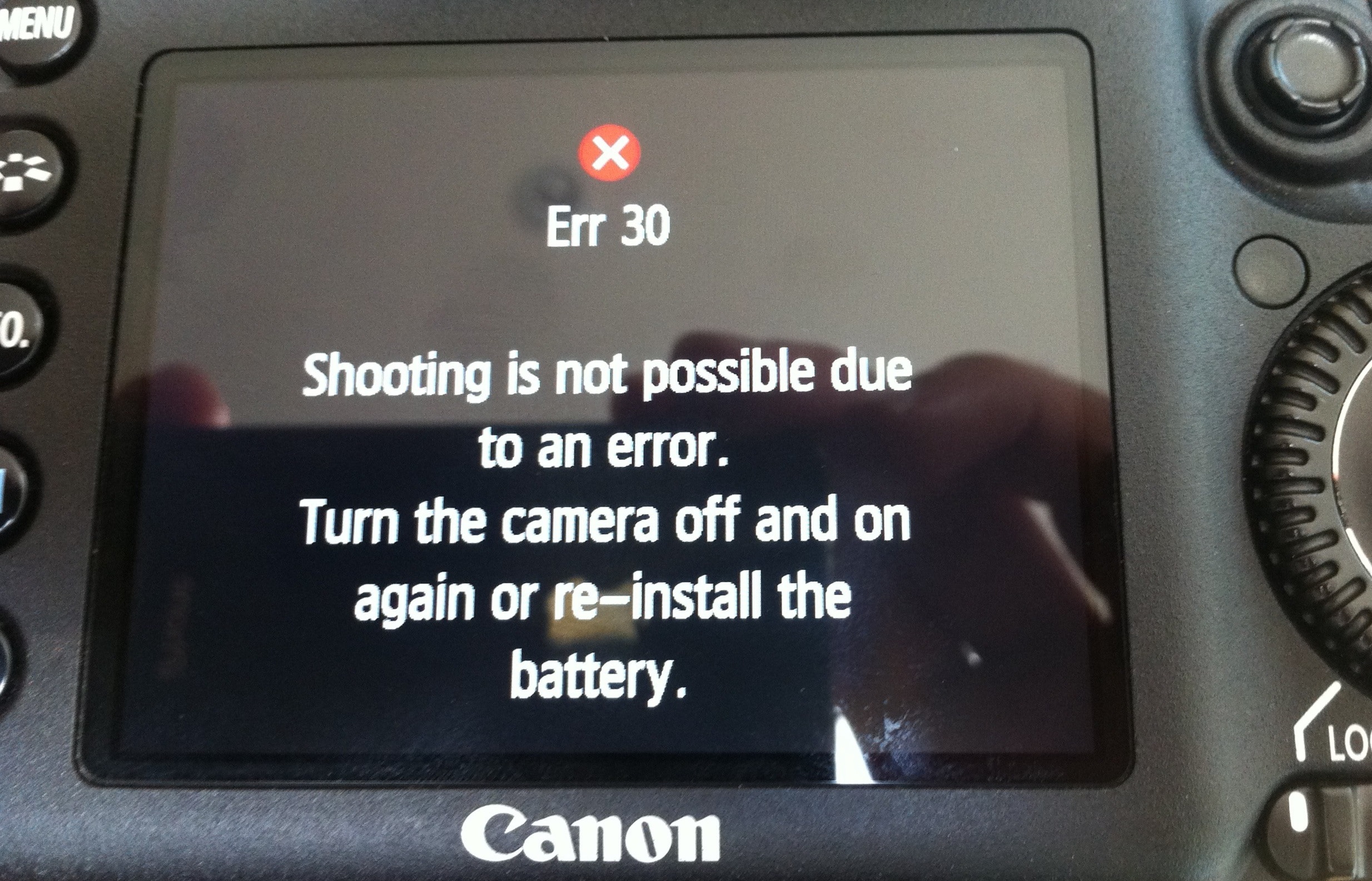

It’s really still advisable to always buy first hand lenses.The 28-300 could be a slow sale. You won’t be able to claim manufacturer warranties for these lenses. You need to fully inspect the goods you’re purchasing if you’re purchasing them second hand. A two year old lens, for example, based on the date code alone, could be more worn out than a three year old lens, depending on the first user. Why it’s important?įirst of all it’s always interesting to know…how old is that lens? At least it will help you to find out how long that lens has been stuck in the shelves. However, the date code could be of little use to you if you’re purchasing your lenses second hand. These are internal Canon codes which only the company would understand. The third and fourth digits are not as important, at least for consumers. They represent the year of manufacture of the lens. Most likely, if you’ve bought the lens first hand, this will be the later date. For this, you might have to research a bit on when the lens was released. This is a bit tricky, though, because there are two possible years of manufacture. The second letter of your Canon lens code is very important because it indicated the year it was manufactured. The most common lens manufacturer for lenses distributed to the USA is Utsunomiya. The standard is U for Utsunomiya, Japan F for Fukushima and O for Oita.

The first letter on your Canon lens date code indicated the site where your Canon lens was manufactured.

It’s usually located at the back surface of the the lens. While it’s still helpful if you’re purchasing a second hand lens, this code won’t tell you how long and how frequently this lens has been used. Take note that this date code can only tell you the date that the lens was manufactured, and where the lens was manufactured in Japan. Are you thinking about purchasing a Canon Lens? You might want to look at the date code at the back.


 0 kommentar(er)
0 kommentar(er)
